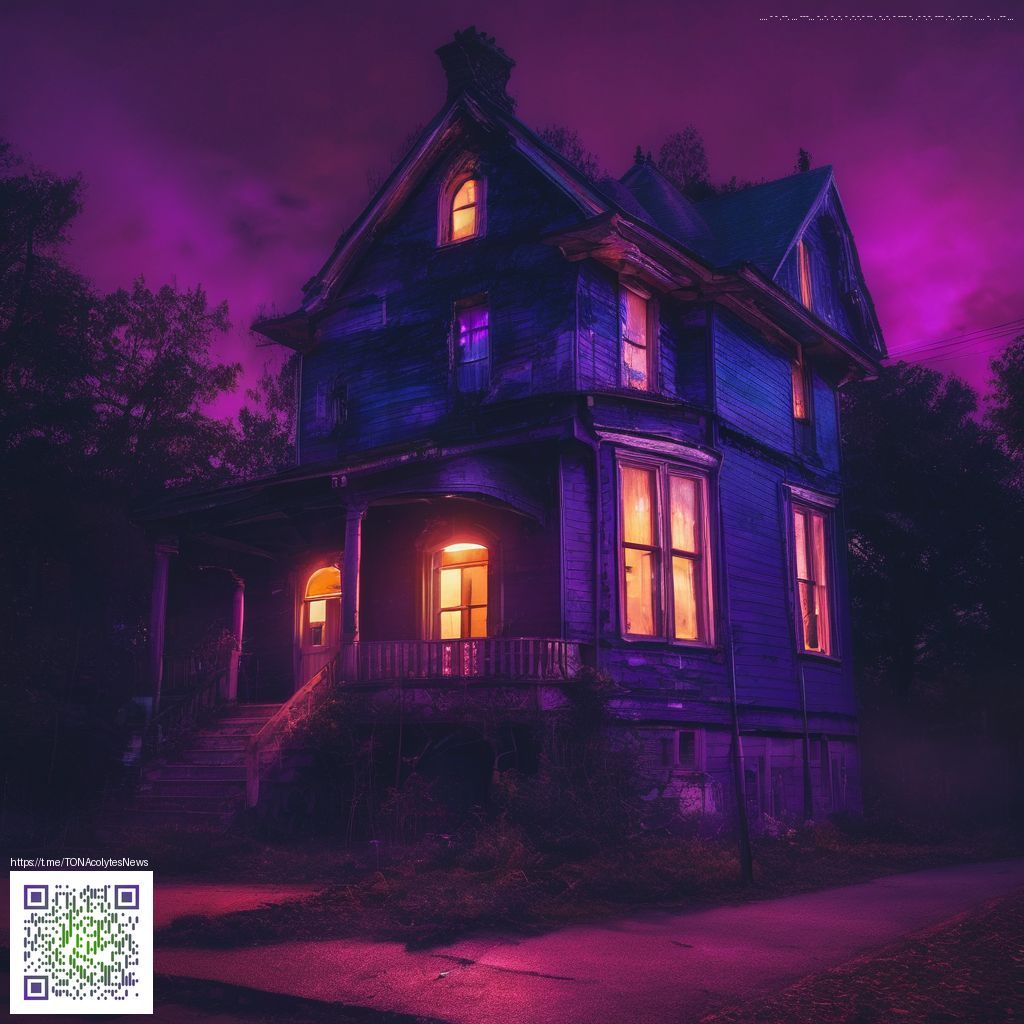
Creating Seamless Paper Textures with AI Prompts
In design work, a convincing paper texture can silently elevate a project—from a cover mockup to a UI background. The magic happens when you can tile textures so edges disappear, yet retain the micro-variables that make paper feel tactile: grain, fibers, and a whisper of imperfection. AI prompts, trained to understand surface behavior, can steer generation toward seamless replacements that hold up under close inspection and at different scales.
Understanding the core ideas: tiling, grain, and light
The three pillars of a believable texture are tileability (how well a pattern repeats), grain direction (which way the fibers and specks run), and lighting (how highlights and shadows fall across the surface). If edges don’t align, seams will jump out, breaking immersion. The goal is to guide the model so that the edges “talk” to their neighboring tiles while the surface still breathes with natural variation—tiny specks, subtle fiber patterns, and uneven but realistic shading.
Tileable textures hinge on edge cohesion; a thoughtfully crafted prompt helps the model honor borders as neighbors, not boundaries that shout “repeat.”
Prompt anatomy: building blocks for a realistic paper surface
Craft prompts with a clear hierarchy. Start with resolution and base material, then layer edge rules, color mood, grain direction, and lighting. Finally, sprinkle in controlled noise to avoid an overly synthetic feel. A robust prompt often looks like a checklist you can reuse across projects:
- Base: 2048x2048, seamless, tileable
- Surface details: fine paper grain, visible fibers, matte finish
- Edges: edges tile perfectly, no seams
- Color & lighting: warm neutral tones, soft directional light
- Noise & variation: 0.5–2% film grain, subtle specks
As you assemble prompts, you can test variations like different fiber directions or grain scales. A practical prompt template might read: “2048x2048 seamless paper texture, tileable edges, warm gray with fine grain, 0.5% film grain, soft side lighting.”
From prompt to polish: a workflow you can trust
Generation is the starting point, not the finish line. Designers often refine textures in an editor to fine-tune color balance, contrast, and grain scale. Zooming into the seams during post-processing helps confirm that nothing wrong lurks at the edge. If you’re curating a texture library, export a few colorways and keep a consistent tile size so repetition remains flawless across applications.
Design workflows can feel chaotic without a solid workstation. For a reliable setup that keeps you focused while you experiment with prompts, consider a customizable desk mouse pad designed to stay put during long sessions.
A quick reference gallery you can explore for inspiration is available here: Texture inspiration gallery.